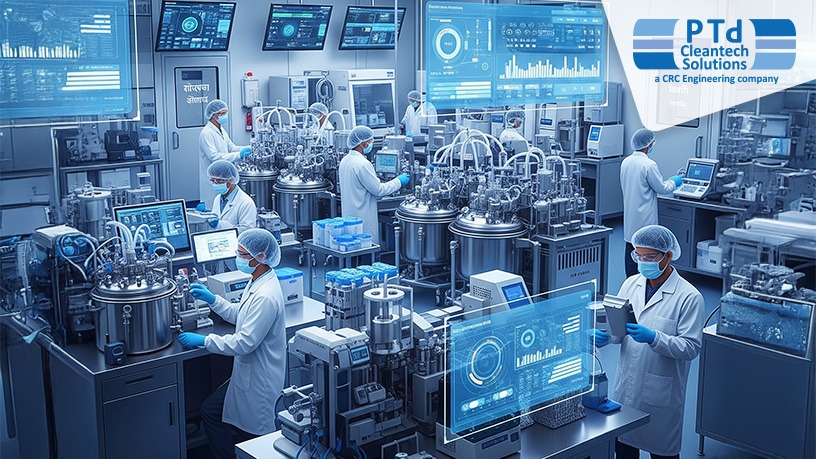Data analytics has become a game-changing tool for making sure that facilities adhere to the strictest safety and operational efficiency standards. Facility validation and continuous monitoring are essential procedures that preserve product quality and human health in sectors like pharmaceuticals, biotechnology, semiconductors, etc. They are also merely legal requirements. Making decisions based on evidence and gaining insights from massive volumes of operational data are made possible by utilising analytics.
Enhancing Facility Validation through Data
The process of verifying that a facility and its systems can reliably operate in accordance with preset specifications is known as facility validation. Engineers have historically collected data through discrete tests and compiled the results for compliance documentation, making this a highly manual process. The use of data analytics has greatly improved this process with the rise of digitalisation.
Validation teams can gather continuous streams of data from various sensors and instruments throughout a site thanks to advanced analytics platforms. Due to real-time data capture and instantaneous analysis, this not only expedites the validation process but also increases accuracy. For instance, analytics can track particle counts and air pressure differentials in a semiconductor facility engineering project or a pharmaceutical cleanroom. Teams can minimise downtime and rework by employing predictive models to spot possible problems before they become deviations.
Apart from this, using historical datasets enables organisations to create reliable baselines and spot trends that manual approaches might end up missing. This degree of traceability and data integrity is becoming more and more expected by regulatory auditors. Analytics offers a dependable means of satisfying these requirements while preserving efficiency.
Driving Continuous Monitoring and Compliance
Continuous monitoring is necessary to guarantee continued adherence to regulatory standards after a facility has been validated. Data analytics is extremely valuable in this situation. Facilities can now maintain round-the-clock supervision of crucial parameters instead of depending only on recurring inspections.
It is possible to train machine learning to identify minute irregularities in real-time data streams. This capability is especially important in semiconductor facility engineering, where even the smallest contamination event has the potential to jeopardise a whole production batch. When environmental conditions deviate from the verified range, alerts can be set off automatically, enabling engineers to react right away.
To create a comprehensive picture of facility performance, analytics also make it possible to integrate data from various subsystems. Because teams can produce a single, thorough data trail that records not only individual measurements but also the overall behaviour of the facility over time, this integrated approach facilitates the process of proving compliance to regulators.
Optimising Operations and Reducing Costs
Data analytics has a strategic role in optimising facility operations in addition to compliance. When used correctly, it can help to prolong the life of equipment, along with cutting down power use and lowering operating costs. Predictive maintenance models, for example, can use analytics to predict when a piece of equipment is likely to break, enabling proactive servicing as opposed to expensive unscheduled downtime.
These efficiencies can result in significant cost savings in industries like semiconductor facility engineering, where capital investment is high and production schedules are constrained. Analytics can also help increase product yield and optimise resource use by continuously enhancing process control.
Businesses that make analytics investments are better equipped to grow and stay ahead of changing legal requirements. They transition from a reactive compliance model to a proactive one, where data-driven insights support continuous processes of validation and monitoring.
In the end, data analytics is now an essential part of contemporary facility validation and monitoring rather than an optional extra. For sectors where accuracy and dependability are essential, its capacity to improve performance and lower risk makes it invaluable. Those who use data effectively will be in the best position to attain both operational excellence and regulatory assurance as semiconductor facility engineering and other crucial fields continue to change.

